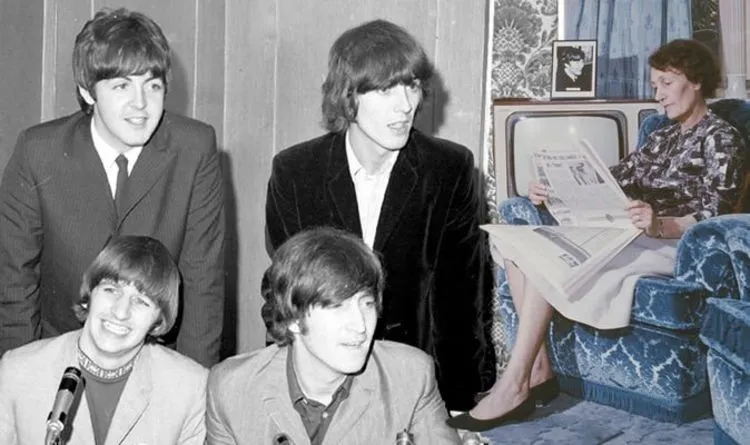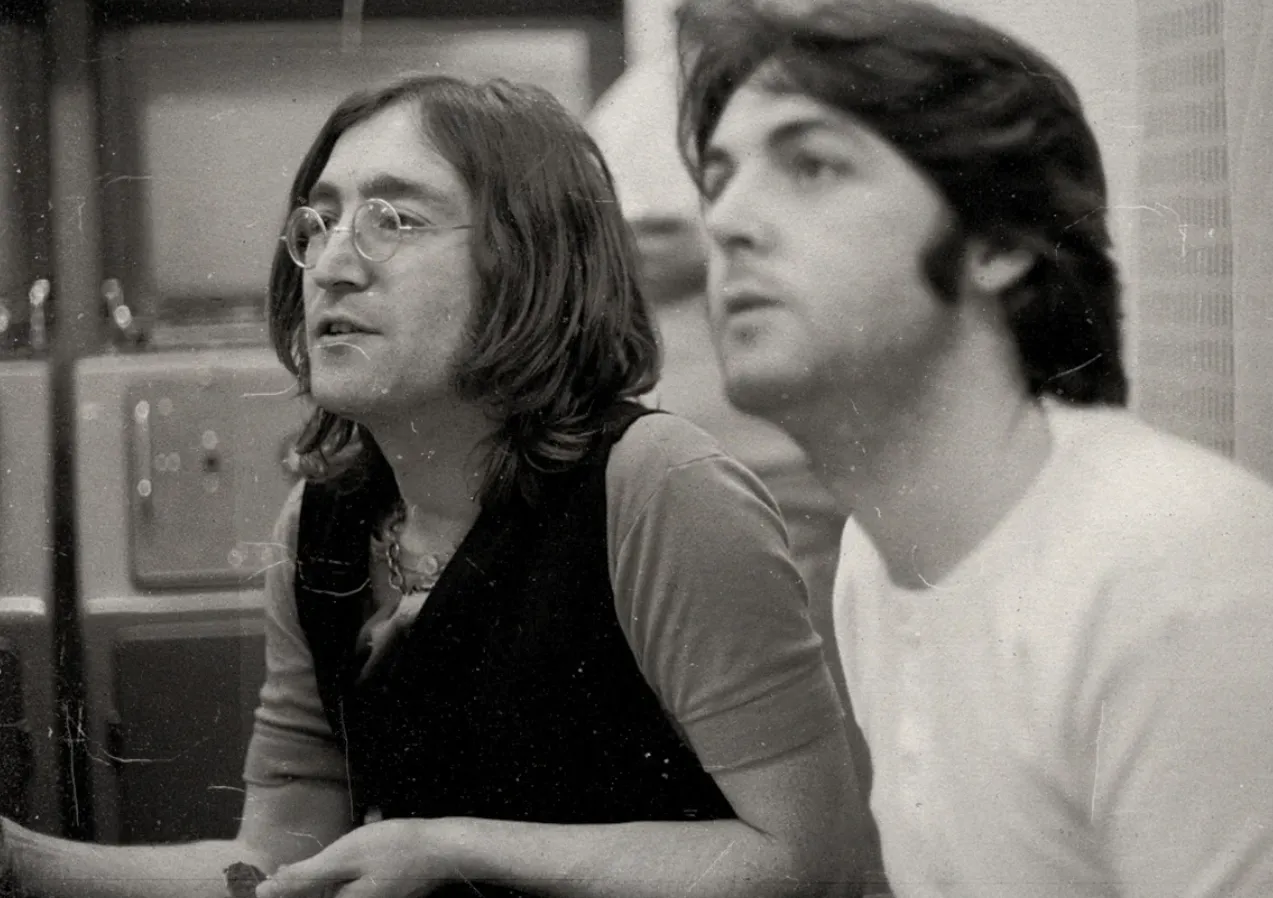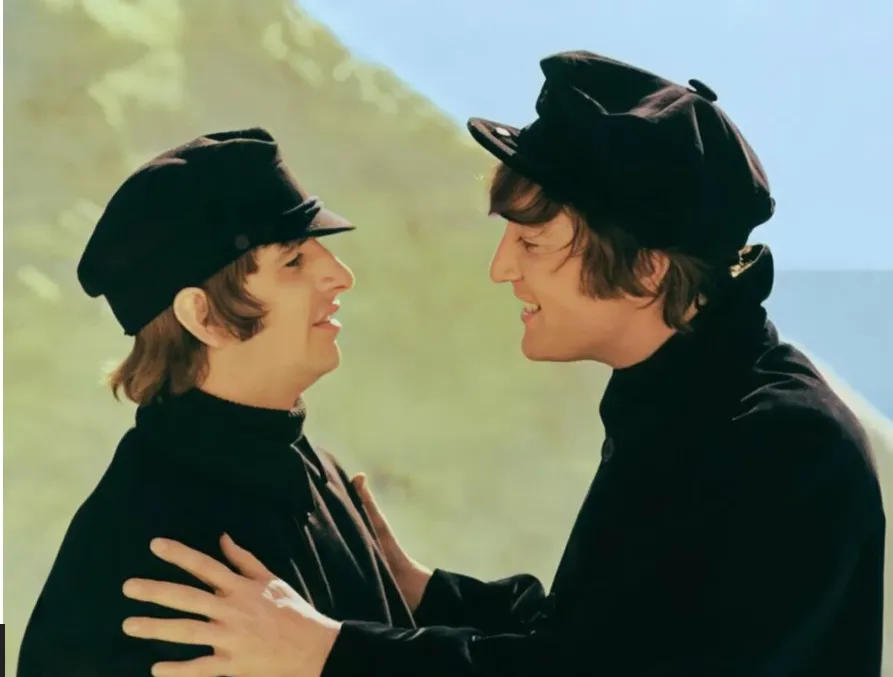In the realm of 20th-century photography, few names carry the weight of David Bailey.
Known for his groundbreaking work and ability to capture the essence of his subjects, Bailey’s influence in fashion and celebrity photography remains unparalleled.
However, one statement by Bailey often raises eyebrows and sparks curiosity: “I didn’t like The Beatles – I liked John.”
This candid revelation offers a unique lens through which to examine both Bailey’s artistic disposition and his relationship with the iconic figures of the 1960s.
The Beatles and David Bailey
The Beatles were more than a band; they were symbols of a cultural revolution. Their music, fashion, and ideologies profoundly influenced a generation undergoing rapid social change.
During this transformative period, another formidable force was at play—David Bailey. His work redefined fashion photography, capturing the spirit of the era with an unorthodox approach that resonated deeply with the ethos of the time.
Bailey's association with the cultural elite, including rock stars, models, and actors, made him an integral part of the "Swinging Sixties."
When he proclaimed, “I didn’t like The Beatles – I liked John,” it wasn’t a dismissive statement about the band; rather, it was an expression of his personal artistic affinities and a nuanced commentary on his relationship with John Lennon.
Understanding David Bailey’s Artistic Perspective

David Bailey's photography is characterized by its raw, minimalist style. He possessed an innate ability to strip away the extraneous and reveal the core of his subjects.
This approach paralleled John Lennon’s persona, which was marked by unfiltered honesty and a willingness to challenge conventions.
In Lennon, Bailey found a kindred spirit—someone who, like himself, was unafraid to disrupt norms and explore the deeper truths of existence.
Bailey's artistic preferences were undoubtedly influenced by Lennon’s complexity. John was not just a musician but a multifaceted individual: a poet, an activist, and a provocateur.
His solo work delved into themes of love, peace, and introspection, resonating with Bailey’s own quest for authenticity in his art.
The Unique Bond Between John Lennon and David Bailey

It's worth noting that Bailey's statement, “I didn’t like The Beatles – I liked John,” didn’t imply a dislike for the band’s music or members. Instead, it highlighted his deeper connection with Lennon as an individual.
Bailey and Lennon were both pioneers in their respective fields, pushing boundaries and continually reinventing themselves.
This mutual respect and understanding likely formed the basis of their bond.
Their collaboration yielded some of the most iconic images of Lennon, capturing him in moments of vulnerability and strength.
Bailey's portraits of Lennon are lauded for their ability to encapsulate his essence, revealing a man who was as introspective as he was influential.
These photographs stand as testament to the depth of their connection and the magic that occurs when two creative minds converge.
The Beatles vs. John: A Comparative Exploration
The Beatles, as a collective, brought a different kind of energy—one that was vibrant, dynamic, and often light-hearted.
Their collaborative spirit and musical synergy were unmatched. Yet, in Lennon, Bailey identified a singular intensity and rawness that spoke to his own artistic sensibilities.
Comparing The Beatles to John Lennon as a solo artist is like comparing the sum to its parts. The band represented a harmonious blend of talents, each member contributing uniquely to their collective success.
Tracks like “Hey Jude” and “Let It Be” reflect their collaborative brilliance. Conversely, Lennon’s solo work, such as “Imagine” and “Working Class Hero,” presents a more personal and introspective narrative.
Bailey’s preference for Lennon perhaps stemmed from his affinity for this raw, unfiltered expression—a quality that also defined Bailey’s photographic style.
While The Beatles as a band symbolized joy and unity, Lennon’s individual artistry often grappled with the complexities of human nature, aligning more closely with Bailey’s view of the world.
The Broader Cultural Impact

David Bailey’s statement also provides a lens through which to examine broader cultural phenomena.
The 1960s were a time of intense transformation, with art, music, and fashion acting as catalysts for social change.
The Beatles encapsulated this spirit of revolution, yet within their story, Lennon emerged as a uniquely transformative figure.
Lennon’s influence extended beyond music; his activism and outspoken nature made him a beacon for those seeking change.
His anti-war stance, advocacy for peace, and willingness to tackle difficult subjects in his music resonated deeply with contemporaries and fans.
Bailey's appreciation for Lennon underscores the impact that one individual can have, even within a collective powerhouse like The Beatles.
Reflections on Legacy
Reflecting on this era, it becomes clear that both The Beatles and John Lennon individually left indelible marks on history.
The band’s collective legacy is one of groundbreaking musical innovation and cultural unification. Their ability to bring people together through music remains unparalleled.
On the other hand, John Lennon’s personal legacy is one of introspection and activism.
His solo career allowed him to explore and express his personal beliefs and conflicts more freely, impacting listeners on a deeply personal level.
In recognizing the unique qualities of Lennon, Bailey’s preferences highlight the multifaceted nature of legacy—how individual contributions can augment and sometimes eclipse collective achievements.
David Bailey's Lasting Impact

David Bailey’s work continues to inspire new generations of photographers and artists.
His ability to capture the soul of an era while maintaining an intimate focus on his subjects set a new standard in photography.
The candid nature of his declaration, “I didn’t like The Beatles – I liked John,” encapsulates his unapologetic authenticity—a trait that has defined his career.
Bailey’s photographs of Lennon remain some of the most iconic images of the artist, capturing a complex individual amidst a whirlwind of cultural change.
These images serve as a lasting tribute to not only Lennon’s influence but also Bailey’s unparalleled ability to convey depth and emotion through the lens.
David Bailey’s statement, “I didn’t like The Beatles – I liked John,” offers a fascinating insight into the mind of a master photographer and his singular preference within a cultural phenomenon.
This revelation isn’t a critique of The Beatles but rather an acknowledgment of the profound connection between two revolutionary artists.
It reflects Bailey’s respect for Lennon’s raw authenticity and unfiltered expression, embodying the deep resonance between two trailblazers of the 20th century.
For fans of The Beatles and John Lennon, Bailey’s words add a nuanced layer of understanding, further enriching the complex tapestry of their legacy.
The intersection of music, photography, and cultural transformation during the 1960s remains a testament to the enduring power of creative expression, with Bailey and Lennon standing as iconic symbols of this transformative era.



